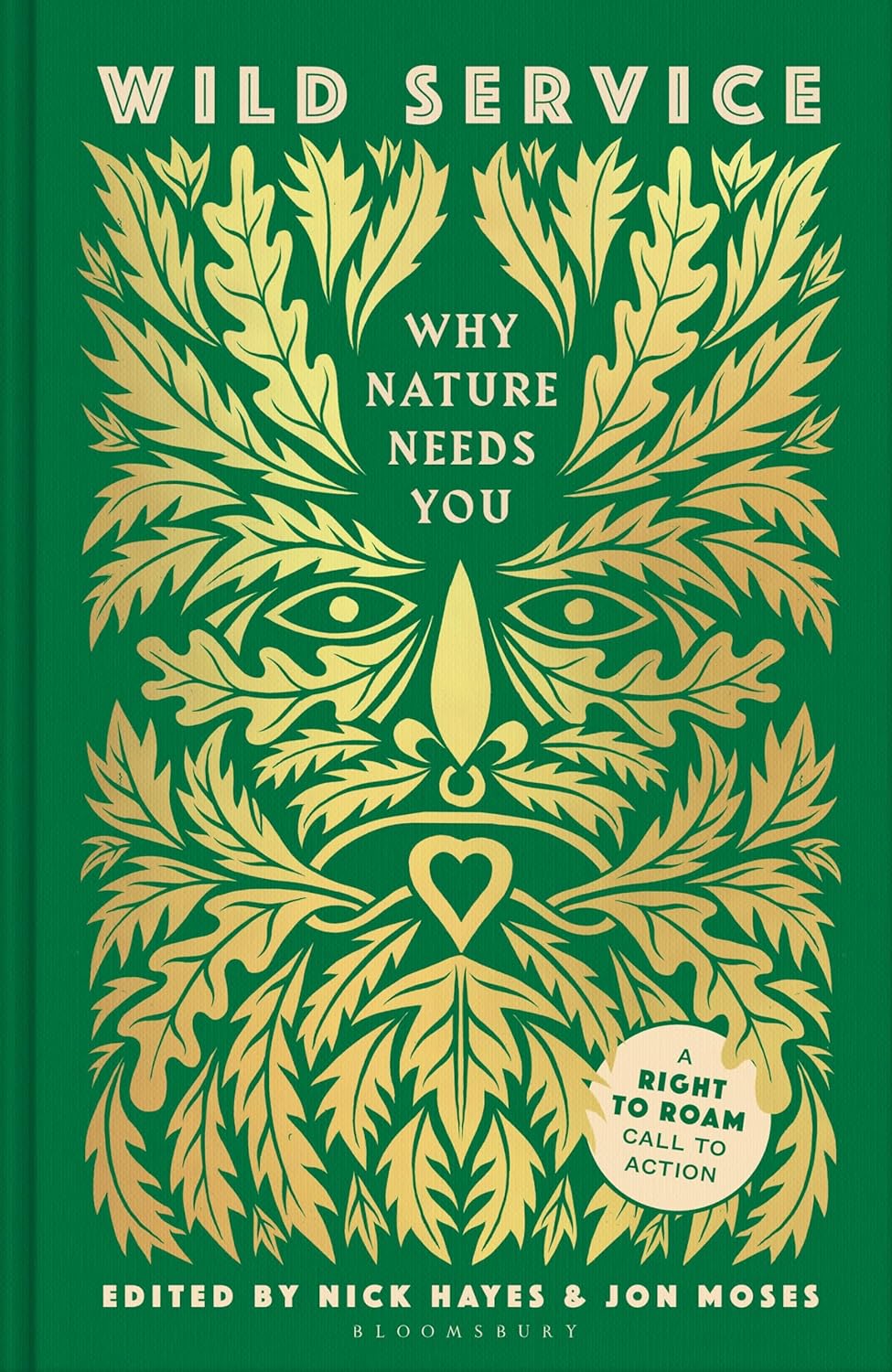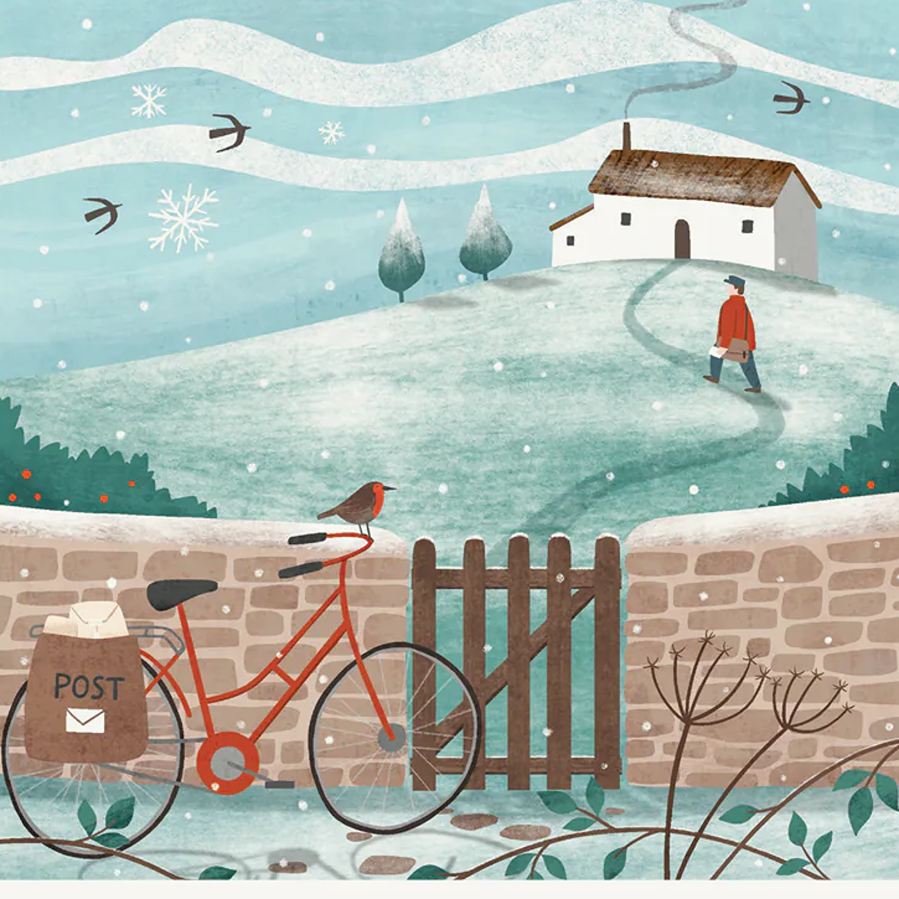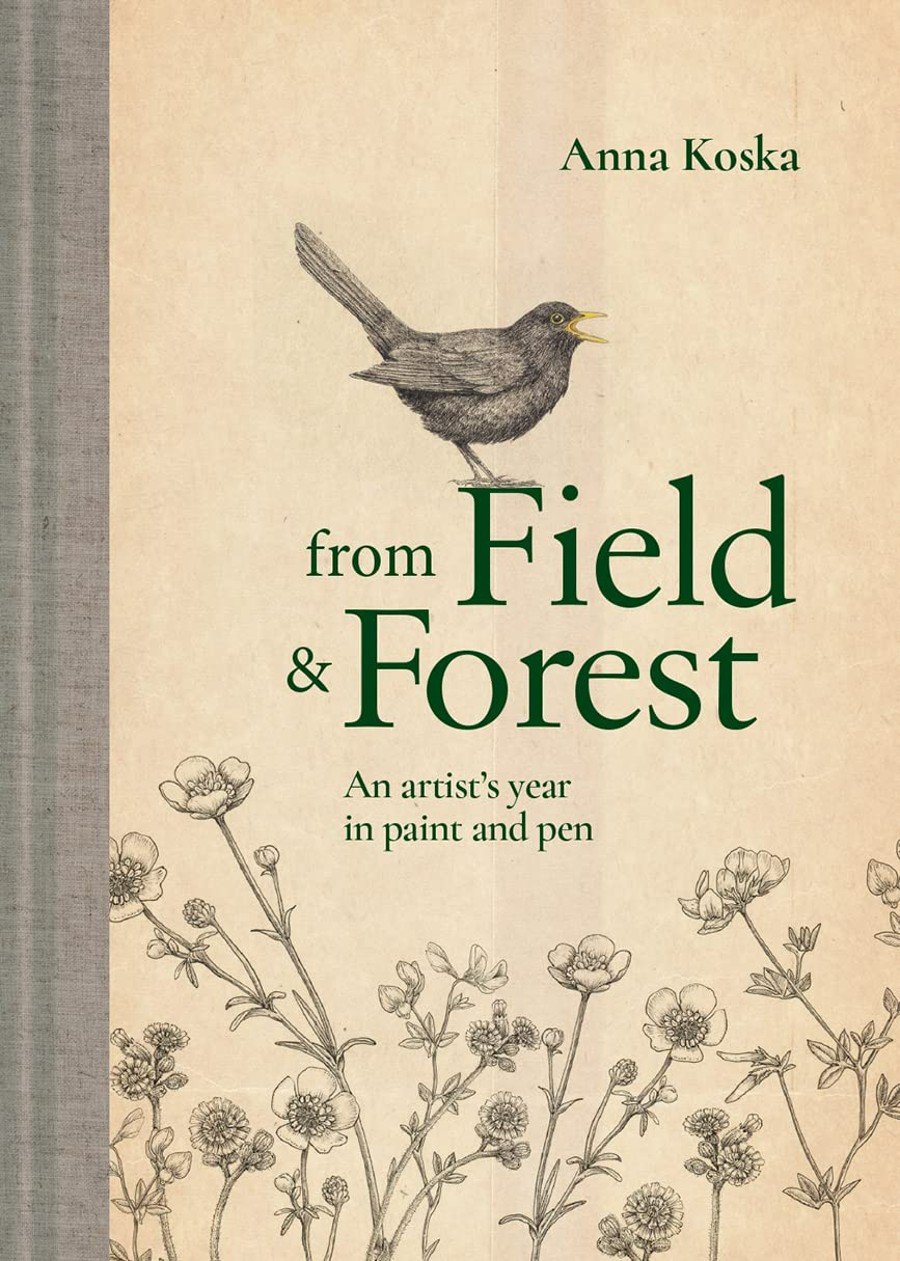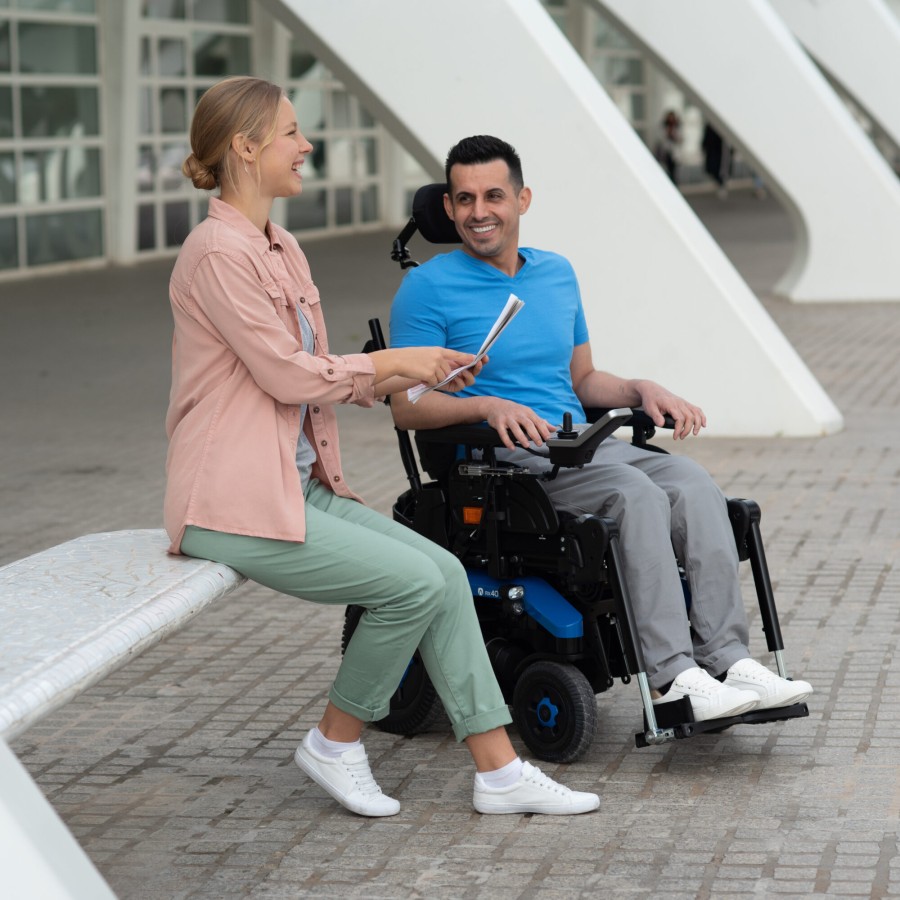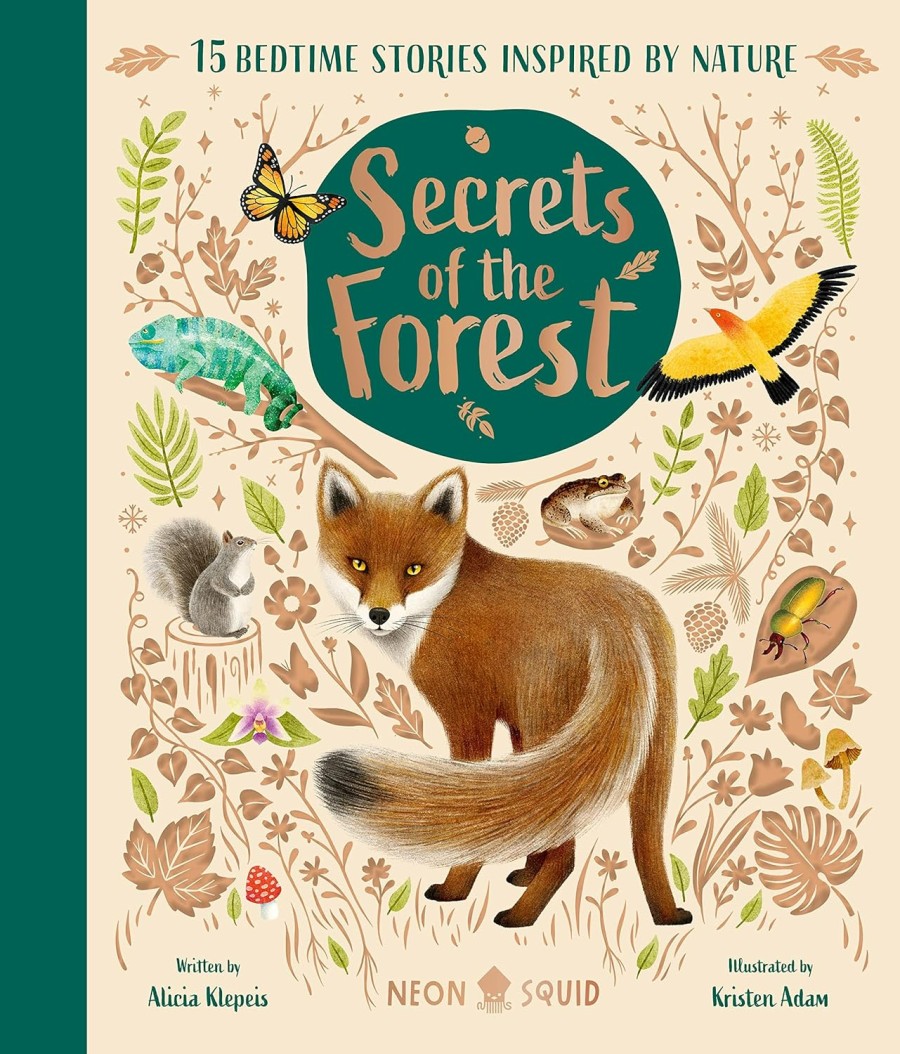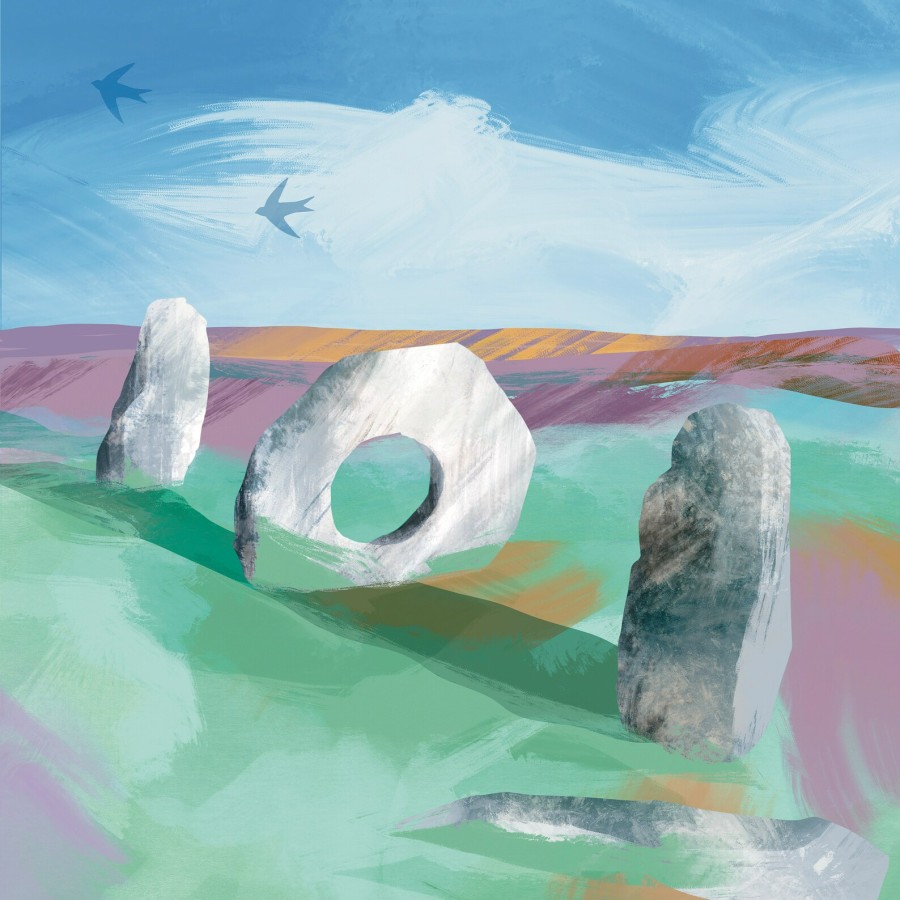
Cornwall is a small county with its own language and a windy coastline. It relies on tourism for income, though the influx of London second-home owners that lay empty for most of the year, have pushed up prices to be unaffordable to many local people. The county is known for its colourful cob buildings and being a surfing paradise.
Lifeboat crew ask for people to keep dogs away from cliffs (they often have to rescue pooches). Many beaches are not dog-friendly year-round so check (some disappear at high tide).
home to many of our resident seals
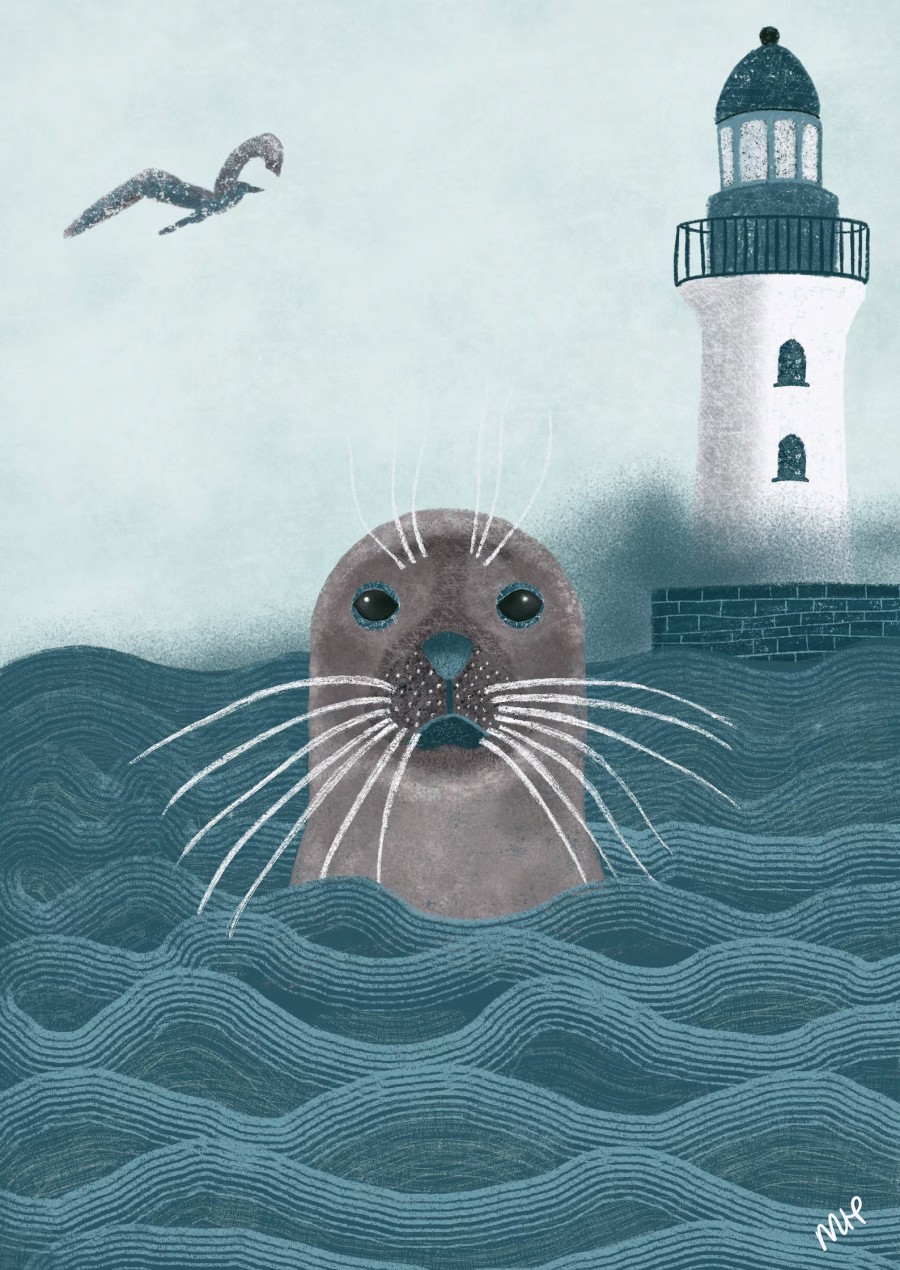
Always leave seals alone (pups cannot survive if spooked back into the sea, as their blubber is not thick enough to prevent freezing/drowning). Keep dogs away from seals, as seals often hide their pups in sand dunes (especially during breeding season). Read how to help our grey & harbour seals.
a town named after an Irish princess
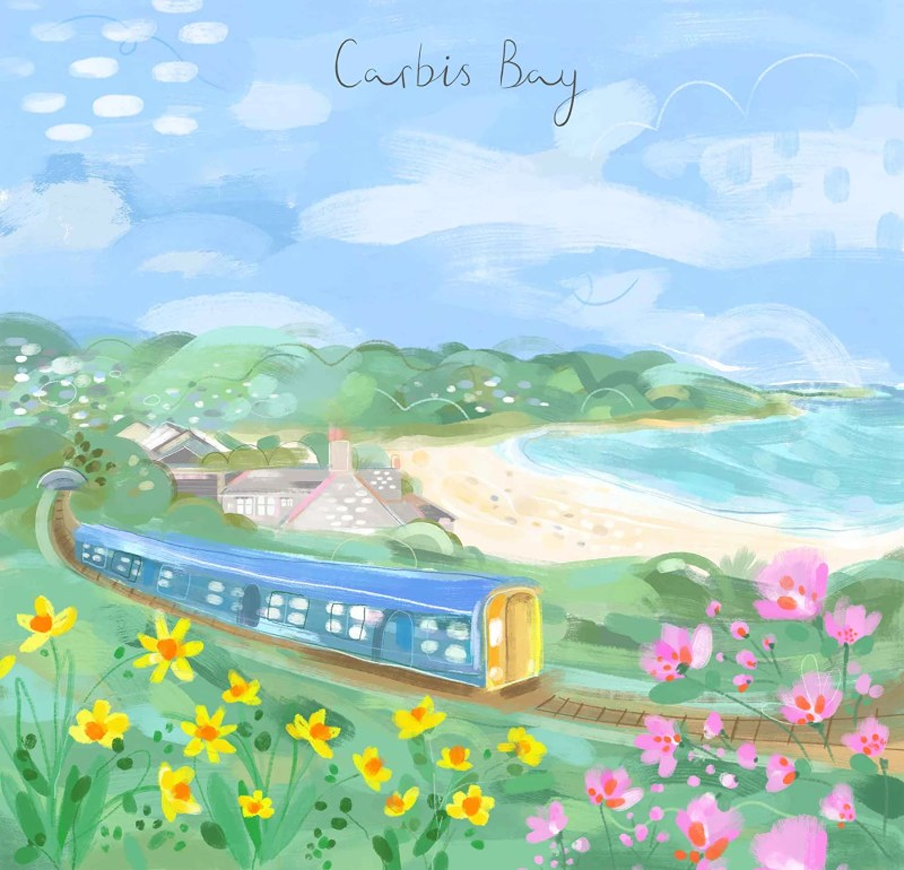
St Ives (above is nearby Carbis Bay) faces the north Atlantic ocean, a town named after the Irish 5th century princess St Ia (who was ‘carried to the shores of Cornwall’ on a single leaf, after a prayer to God!’ Known for its ‘pink painters light’, St Ives is a hub for artists. The Tate Gallery offered ‘an insane amount of money’ to buy Cornwall’s most photographed ‘green door’ (over 200 years old with peeling paint). But the owners (who run the local bakery) decided to list it instead, so no-one can ever remove it!
St Ives is just 20 miles from Land’s End (you can take a notoriously slow open-top bus), a a 12-mile hike from St Michael’s Mount (no dogs allowed, due to lack of shelter in hot weather). Keep dogs away from seals, and lifeboat crews ask people to keep away from cliffs (they often rescue pooches, as well as people. Many beaches are not dog-friendly year-round so check (some also disappear at high tide).
a tiny harbour near Land’s End
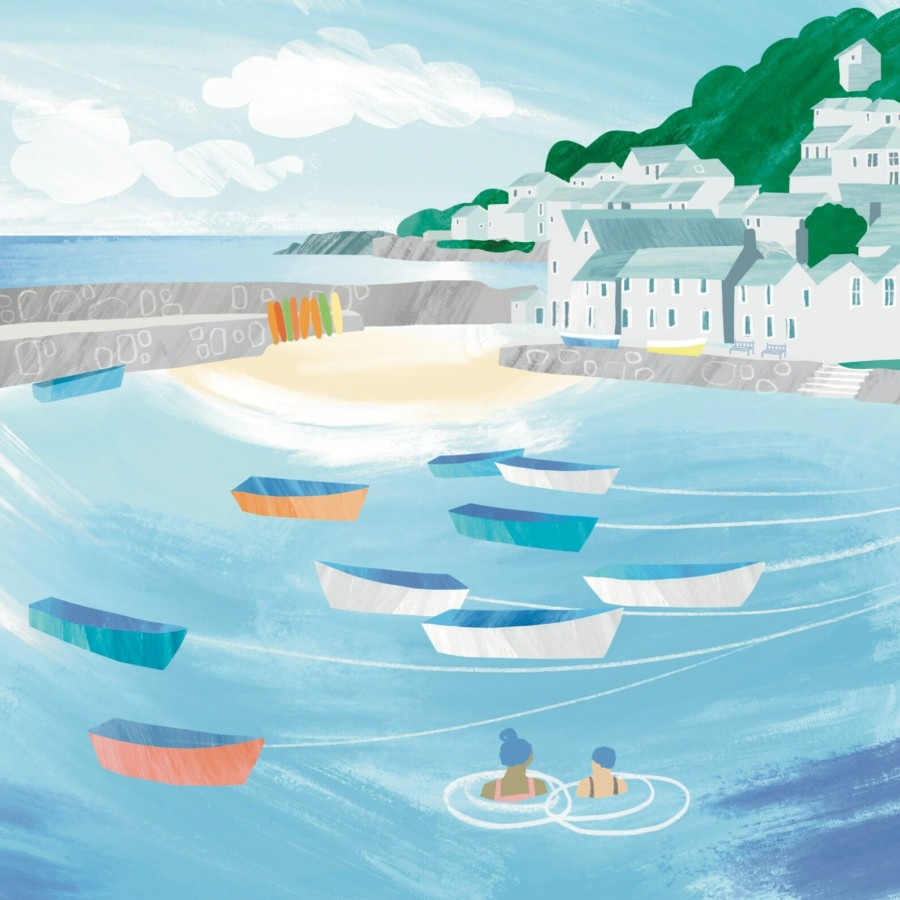
Mousehole is a tiny harbour just 7 miles from Land’s End. It’s popular with wild swimmers who often brave the freezing cold waters, drying off on the small sandy beach, before using the stairs to head back to the village (full of ancient alleys and higgeldy-piggeldy houses). The seas here are treacherous. In 1981, 8 volunteer lifeboat men died along with the crew of the vessel they were trying to save (which ran aground after seawater got into the fuel tank). Today the village has a train named after the crew (who were all replaced by volunteers within a day of the tragedy).
extraordinary encounters with Cornwall’s wildlife
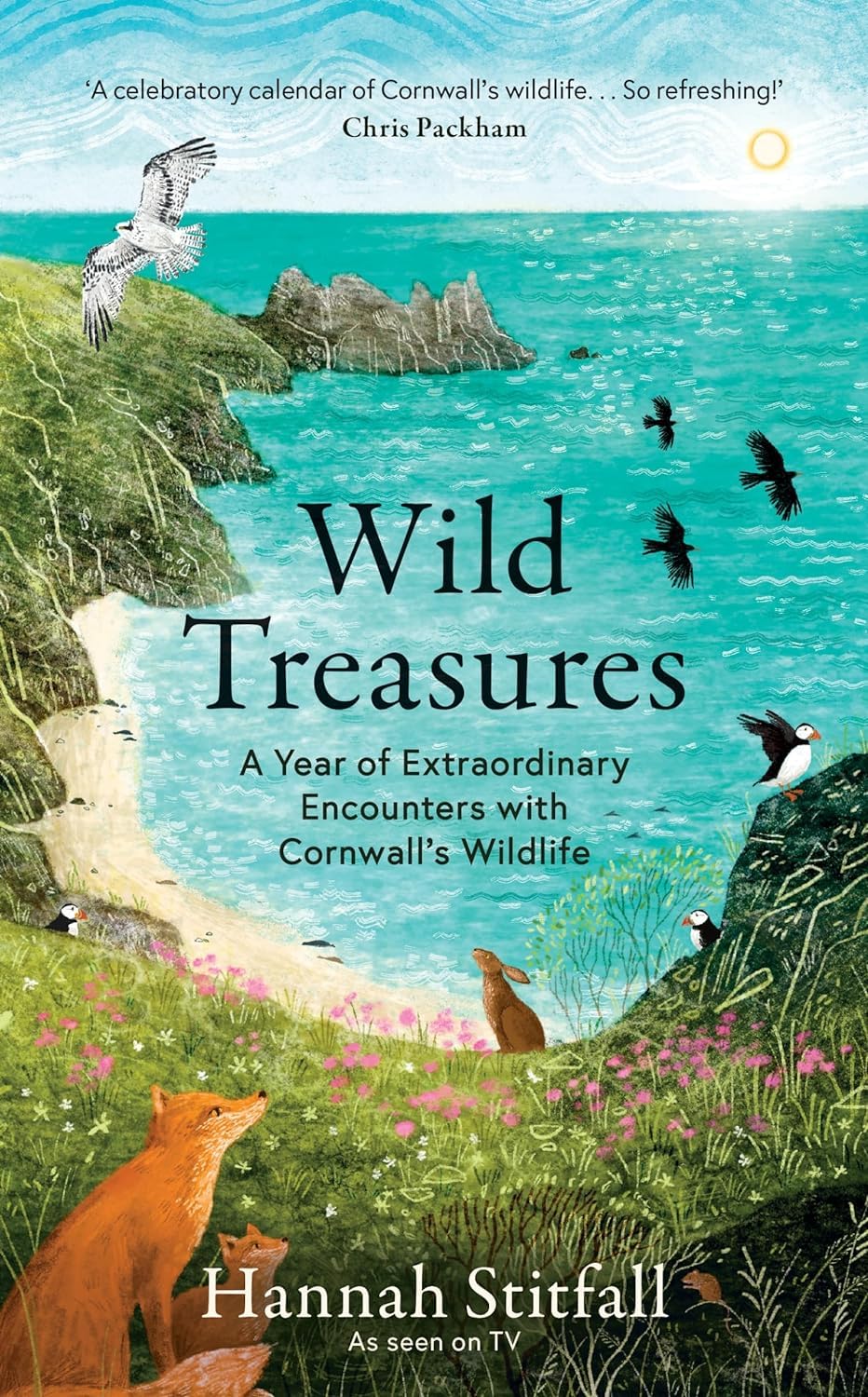
Wild Treasure is a book by a popular zoologist and TV presenter, how regularly gets up early morning to catch sight of some of Cornwall’s best hidden wildlife. She’ll spend hours waiting for a creature to appear among a hedgerow, scurrying across open fields or taking flight across towering cliffs and sandy beaches. In these brief amazing moments, Hannah is able to see and capture animal behaviour.
In this book, she shares incredible stories, beautiful photographs and often funny meetings with Cornish wildlife, through the course of a year. From spring brown hares boxing in the grass and watching an otter cub hunt in winter wetlands, to witnessing the unique bioluminescence of a glow-worm in summer. This is a remarkable diary and joyous celebration of our nation’s wonderful creatures.
Wild adventures found on every page! Hannah perfectly captures the journey and feelings of watching wikdllife. Her words encourage you to get your boots on and find these precious spectacles for yourself. Megan McCubbin
Cornwall’s only (very small) city
Truro is Cornwall’s only city, with a small population of around 20,000. Its name means ‘three rivers’, and the former wealth of those in running tin mines can still be seen today with still-standing Georgian townhouses on the street named after MP Sir William Lemon. His son Charles Lemon also became an MP and had a tragic life, with all his three children dying while young.

